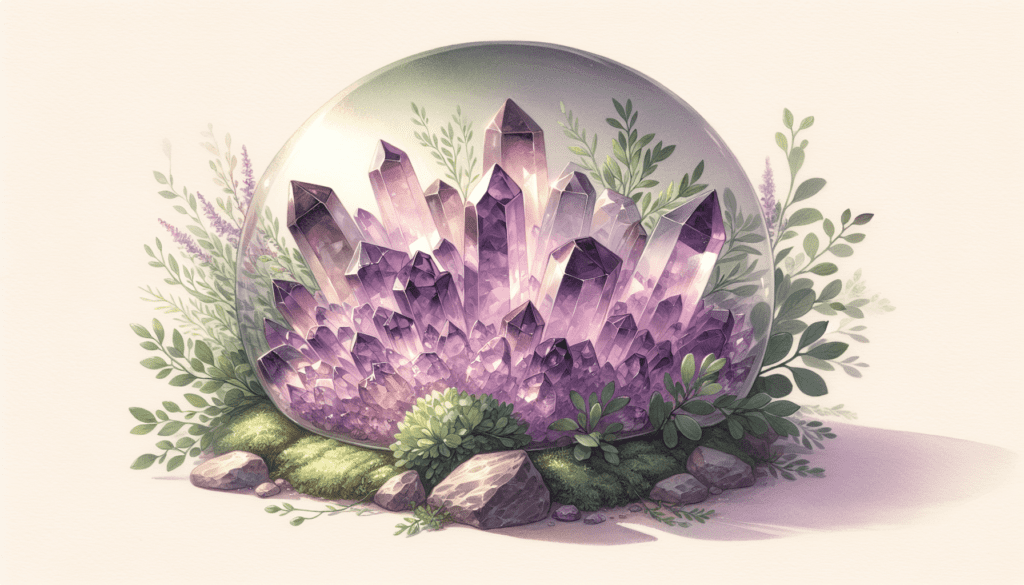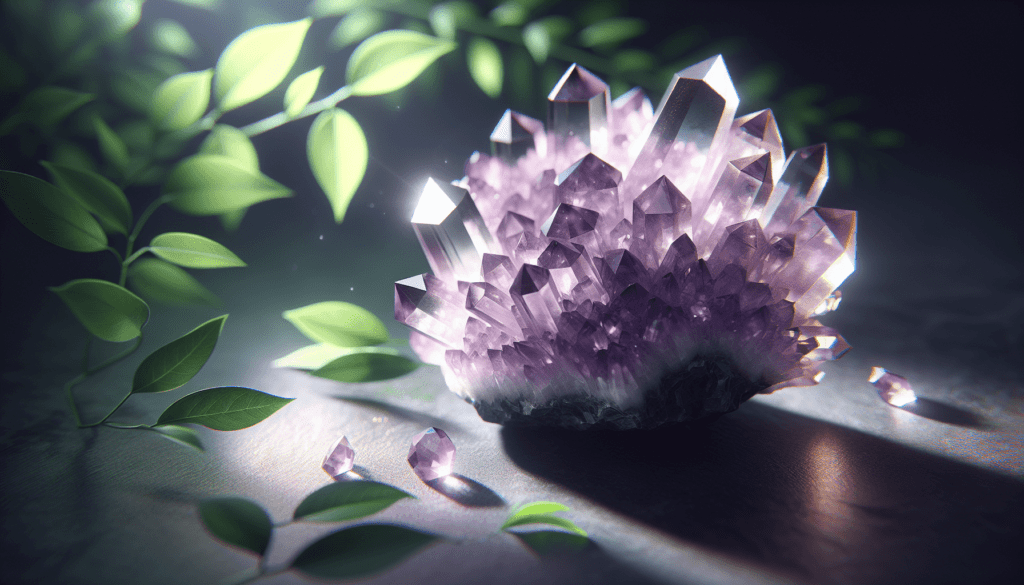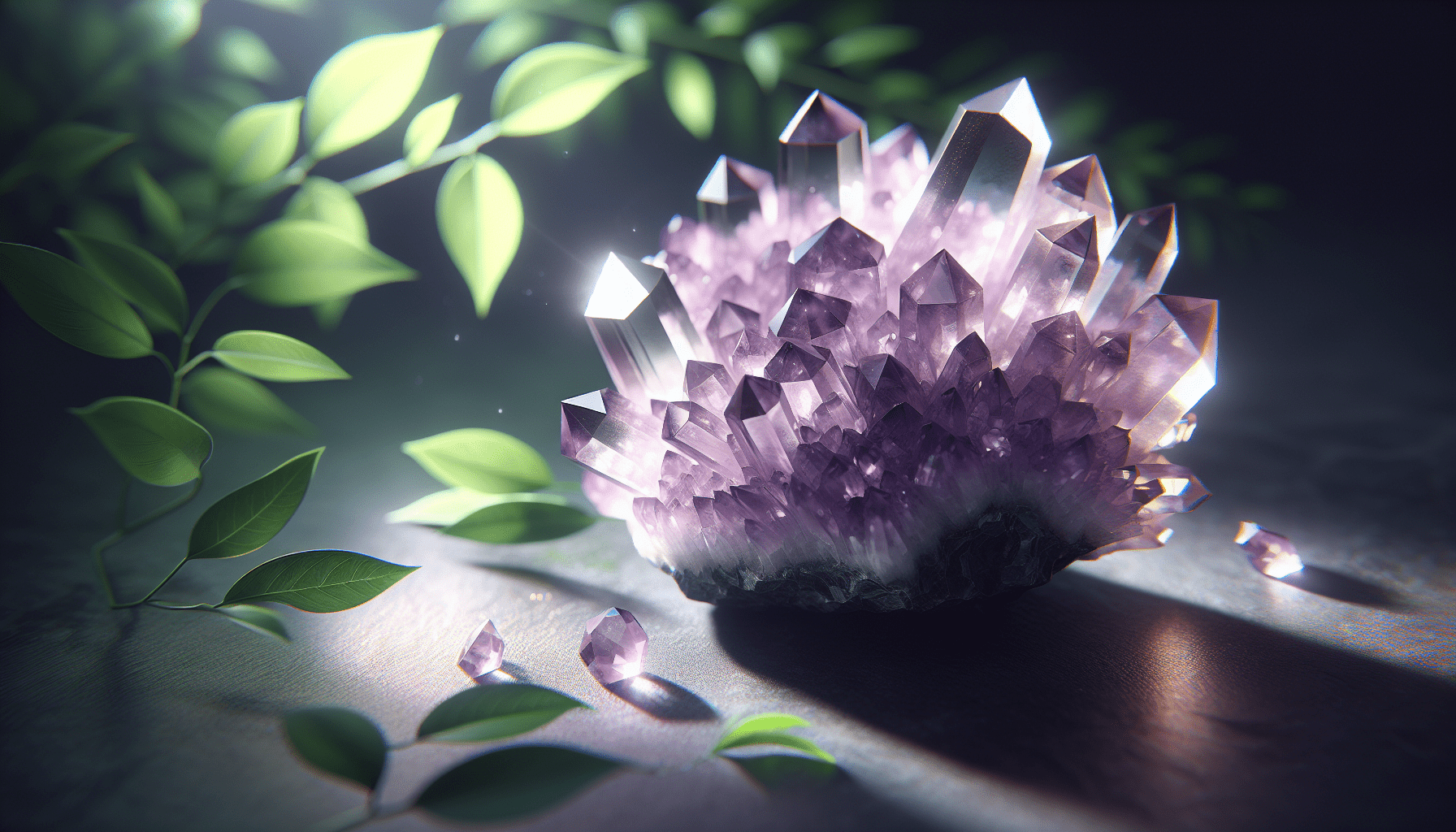I’ve always been fascinated by the allure of crystals and their purported healing powers. In “The Healing Power of Crystals and Other Quaint Misconceptions,” I explore both the enchanting world of crystal enthusiasts and the scientific skepticism that surrounds it. While many people find comfort and even mental well-being through their use of crystals, it’s essential to separate fact from fiction. By delving into the myths and the realities, I aim to shed light on why these beautiful stones captivate so many, even if their magical claims don’t always hold up to scrutiny. Have you ever found yourself strolling through a charming little shop, filled with the scent of incense, where shelves are lined with shimmering crystals in every color imaginable? Maybe a friend has extolled the virtues of rose quartz for love, or you read somewhere that amethyst can help with stress. I’ve been there, enchanted by the iridescent beauty and the whispered promises of healing powers.
The Healing Power of Crystals and Other Quaint Misconceptions
We all seek solace in one form or another. Some find it in a cup of chamomile tea, others in yoga or long walks. And then there are the folks who swear by the healing power of crystals. It’s a notion that seems universally derided by skeptics yet ardently defended by believers. But where does this belief come from, and does it hold any water?
The Fascination with Crystals
First off, let’s not kid ourselves: crystals are gorgeous. You don’t need to believe in their mystical properties to appreciate a cluster of quartz catching the light on your windowsill. The aesthetic appeal alone is enough to make anyone consider their value.
Crystals have been used since ancient times for their supposed metaphysical properties. Egyptians buried their dead with quartz to guide them to the afterlife. The Ancient Greeks thought amethyst could prevent drunkenness. Fast forward a couple of millennia, and these crystals are now staple items in New Age culture.
The Science—or Lack Thereof
Before we get too carried away, I should mention this: the scientific community has not found any substantial evidence to support the idea that crystals have healing powers. It’s not for lack of trying; various studies have looked into it, but the results are inconclusive at best.
The Placebo Effect
Here’s where things get interesting. Even if there’s no concrete scientific evidence that crystals can heal you, many people report feeling better when they use them. This can be attributed to the placebo effect—a psychological phenomenon where believing that something will work actually causes you to feel better.
Energy and Vibrations
Proponents often claim that crystals have unique energy frequencies or vibrations. It sounds a bit out there, right? But let’s break it down: everything in the universe vibrates at certain frequencies. This includes your phone, your cup of coffee, and yes, crystals too. However, the leap from “having a frequency” to “having healing powers” is a bit of a stretch.
Types of Crystals and Alleged Uses
Let’s dive into some of the popular crystals and their supposed benefits. It’s not an exhaustive list, but it will give you a good idea of what the fuss is about.
| Crystal | Common Uses | Color |
|---|---|---|
| Amethyst | Stress relief, clarity | Purple |
| Rose Quartz | Love, emotional healing | Pink |
| Citrine | Wealth, success | Yellow |
| Black Tourmaline | Protection, grounding | Black |
| Clear Quartz | Amplifying energy, focus | Clear/White |
Amethyst
Amethyst is often associated with clarity and stress relief. It’s said to clear the mind and help with decision-making, which might be why I keep a small piece on my desk.
Rose Quartz
The so-called “love stone” is reputed to help with anything related to the heart—both physically and emotionally. Keep one in your bedroom to foster self-love or general good vibes.
Citrine
Ah, citrine—the “merchant’s stone.” It’s often cited as a bringer of wealth and success. I’ve heard stories of people tucking a small piece into their wallets, hoping it will attract money like a magnet.
The Skeptic’s Perspective
So is it all just a load of hogwash? Well, not entirely. Even if the metaphysical properties of crystals are questionable, there are still valid reasons people might find them beneficial.
The Role of Ritual
Part of the appeal of crystals lies in the rituals associated with them. Cleansing them under a full moon, meditating with them, or just taking a quiet moment to hold one can be calming. These actions can be grounding, offering a sense of control and intention in a chaotic world.
Tangible Focus Objects
Crystals can serve as tangible focus objects. When you say, “This piece of citrine will help me secure that job,” you’re essentially setting an intention. It’s akin to carrying a lucky charm, and there’s something to be said for the power of positive thinking.
Community and Shared Belief
Belonging to a community that shares your beliefs can be incredibly powerful. Whether or not the crystals work in a scientific sense, they can foster connections and a sense of belonging. Sometimes, knowing you’re not alone in your quest for healing is healing in itself.

The Ethical and Environmental Concerns
Before you rush out to buy a dozen crystals, let’s talk ethics and the environment. The mining of crystals often involves unethical labor practices and significant environmental damage.
Environmental Impact
Mining for crystals is not unlike mining for other precious materials—it can be destructive. Strip mining, in particular, is notorious for destroying ecosystems. If you’re drawn to crystals for their natural beauty, it’s worth considering the less-than-beautiful methods used to extract them.
Ethical Sourcing
Look for suppliers who emphasize ethical sourcing. Be prepared to ask questions: Where are these crystals from? How were they mined? Some sellers are more transparent than others, and supporting ethical practices can make a big difference.
Weaving Crystals into Your Life
Even if you’re a skeptic, you might still wonder if there’s a way to incorporate crystals into your life without buying into the woo-woo. Here’s a pragmatic approach.
Aesthetic Appeal
You don’t need to believe in metaphysical properties to appreciate their beauty. Use them as decorations. A chunk of amethyst can make an excellent paperweight, and a bowl of polished stones can serve as a lovely centerpiece.
Mindfulness and Meditation
Use crystals as tools for mindfulness and meditation. Holding a crystal during meditation can serve as a grounding force, helping you focus on the present moment.
Simple Enjoyment
At the end of the day, if having a few pretty stones around makes you happy, that’s enough. You don’t need to justify it to anyone.

The Importance of Critical Thinking
In a world filled with all sorts of claims—from miracle diets to instant wealth schemes—critical thinking becomes a vital skill. Believing in something without evidence isn’t necessarily harmful, but being informed can help us make better decisions.
Hype vs. Reality
It’s easy to get caught up in the hype, especially when it’s cloaked in the language of well-being. Take a step back and ask yourself: What do I really hope to gain from this?
Open-minded Skepticism
Being skeptical doesn’t mean being closed off. It means asking questions and looking for evidence. Be open to experiences but maintain a healthy level of doubt.
Conclusion
So, what’s the final word on the healing power of crystals? Well, it’s complicated. While there’s no scientific proof that crystals can heal, there’s no denying that they hold a certain allure. They can serve as grounding objects, tools for mindfulness, and even just beautiful decorations.
Whether you’re a believer or a skeptic, there’s value in understanding why people are drawn to these shimmering stones. In the end, it might not be about the crystals themselves but the meaning and intentions we ascribe to them. And if cradling a piece of rose quartz brings you a moment of peace in your hectic day, well, who am I to argue with that?
